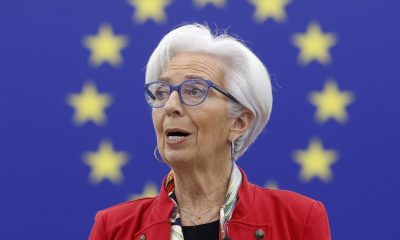General News
Modest economic growth in the eurozone but pressures remain on households

The 20 countries that use the euro currency and their 346 million people saw modest economic growth of 0.3% growth in the second quarter of the year but the outlook remains relatively weak.
The Eurozone economy grew by a modest 0.3% in the second quarter of this year according to a flash estimate by Eurostat, the statistical office of the European Union, on Wednesday.
In the first quarter of 2023, GDP had remained stable in the euro area and had increased by 0.2% in the EU. The bloc’s GDP rate is up by 0.6% compared with Q2 in 2022.
Ireland’s growth of 3.3%, the largest in the eurozone, distorts the overall picture. Its growth figures often show large swings due to major international companies housing their headquarters there, including tech giants like Meta, Google and Apple.
France and Spain were more typical, growing 0.5% and 0.4% respectively, but the eurozone’s largest economy, Germany, stagnated and Italy performed even worse with a 0.3% contraction.
Although there is some encouragement in the latest figures the situation remains relatively weak.
Higher interest rates designed to fight inflation are casting a shadow as they make it more expensive for households and businesses to borrow, invest and spend.
On an annual basis, the Eurozone grew by just 0.6%, its worst performance since the recession of 2020-21.
Meanwhile, employment in the euro area is up by 0.2% in the second quarter, marking a 1.5% increase compared with the Q2 last year.
Disclaimer: No copyright infringement intended. All rights and credits reserved to respective owner(s).
























